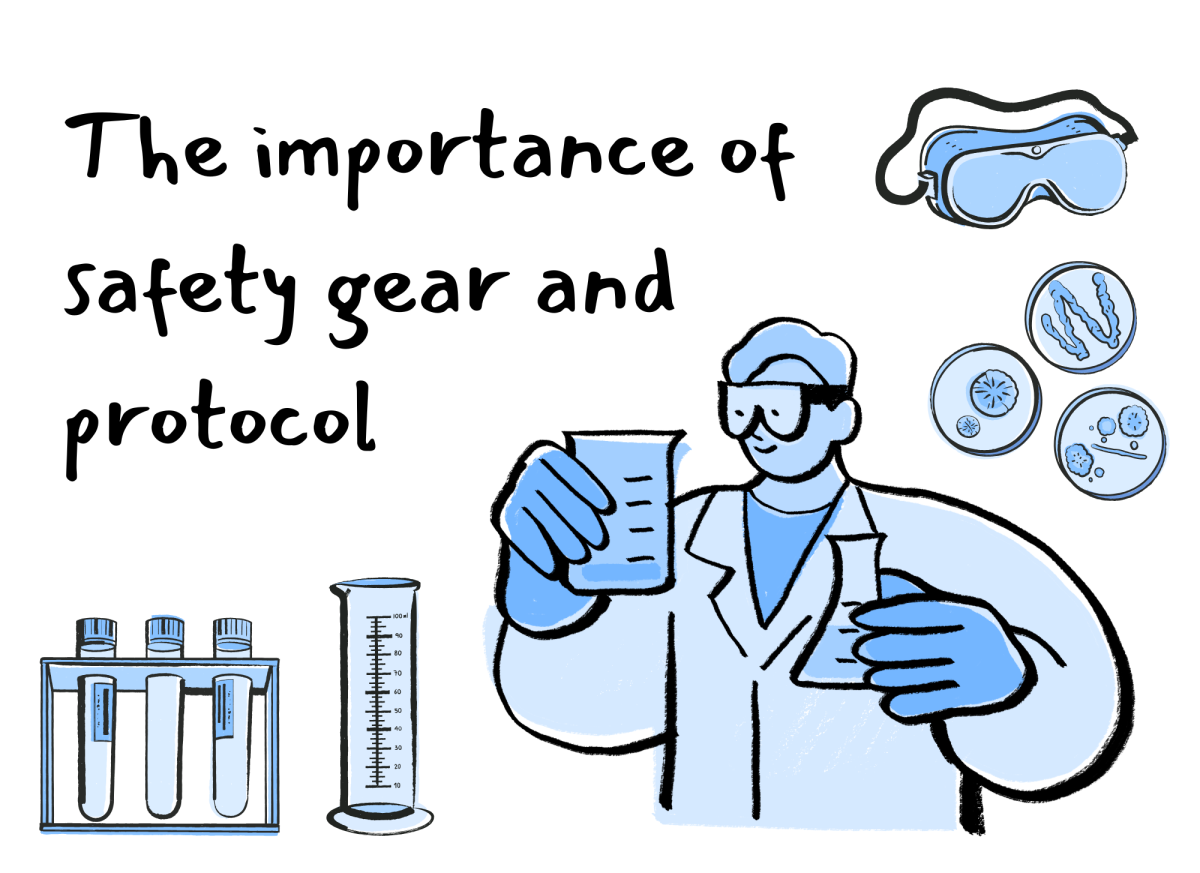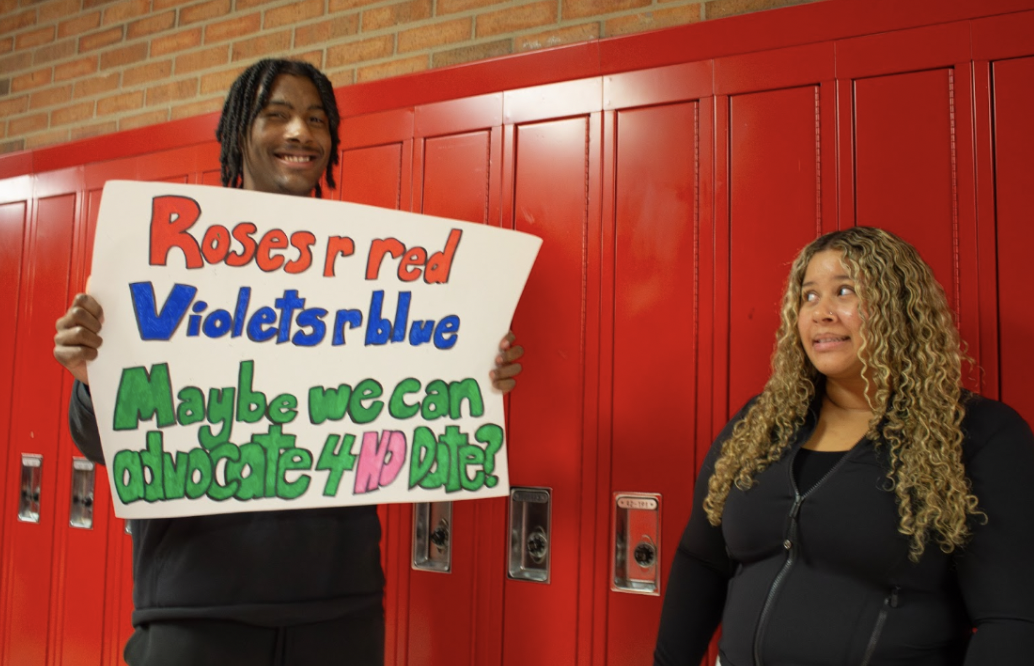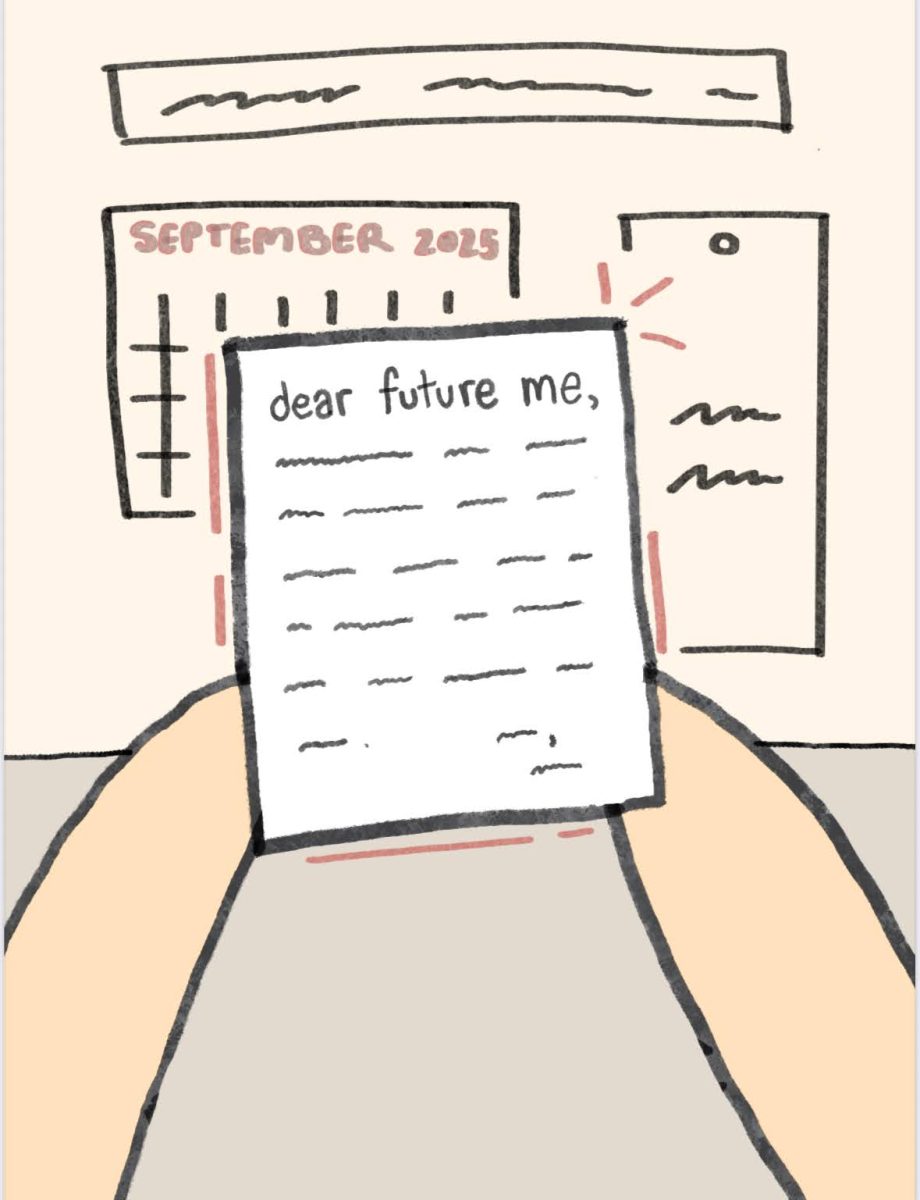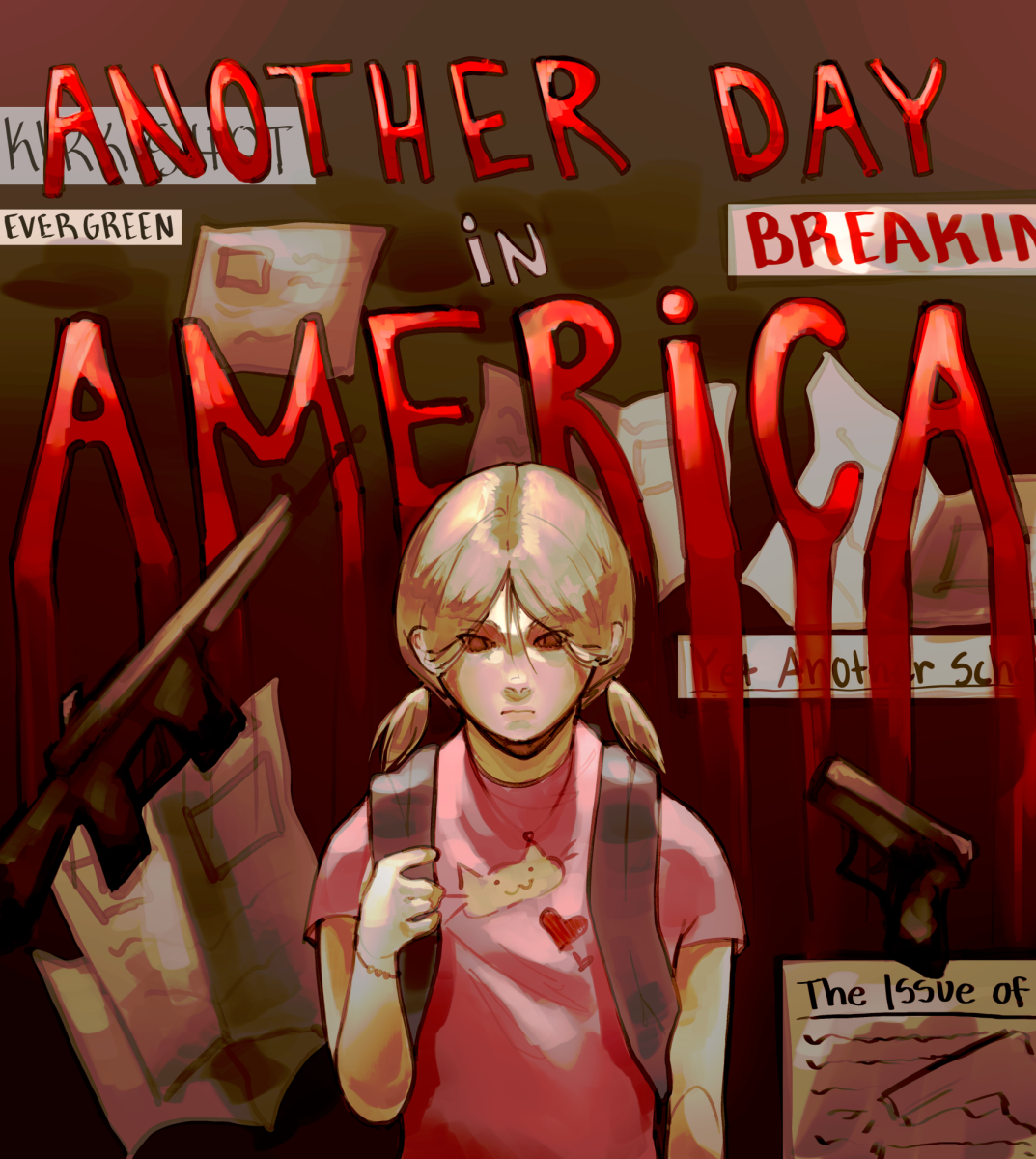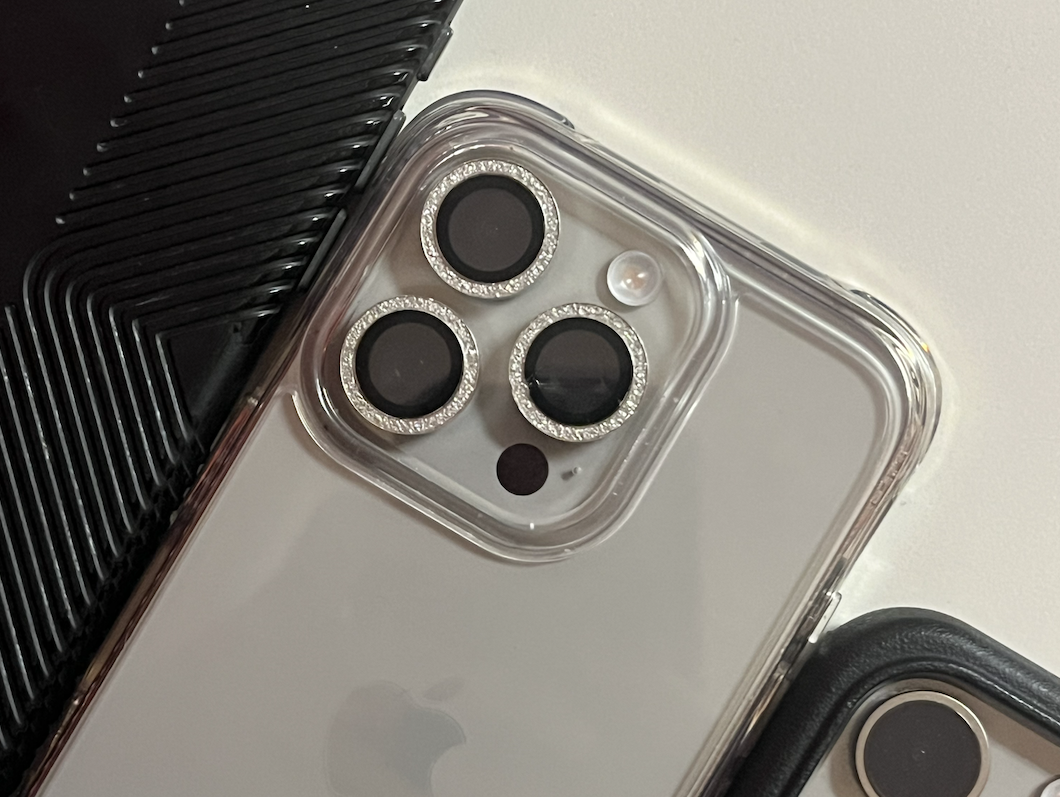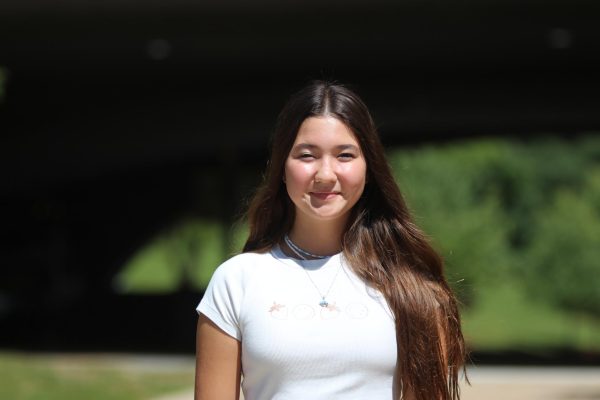Calais Weber was in her high school science class when 48% of her body was burned. On Jan. 23, 2006 her science teacher was performing an experiment called the rainbow experiment. This experiment entails lighting different mineral salts and nitrates that produce many different colors. Tiny dishes are filled with these salts as well as methanol, a highly flammable chemical. During this experiment the teacher told the students that they didn’t need to wear their goggles or aprons because it was just a demonstration. But only minutes into the experiment the red flame started to go out. Instead of following the directions that stated to only use exact amounts of methanol, the teacher took a gallon jug of it and poured it right on to the red flame. The jug blew up spraying everyone in the classroom. Weber was right in front getting the brunt of it.
She spent months in the hospital experiencing hallucinations and receiving skin grafts before she was finally let out. This is an accident that should have never happened if safety protocol had been followed. The teacher explicitly said that safety goggles weren’t required but the experiment ended up blowing up right in her face. As well as using the incorrect amount of a flammable liquid causing this accident. Instead of disregarding safety protocol, the teacher should have made sure that students were in correct safety gear to be watching a lab and been more precautious when handling dangerous chemicals.
But this incident that happened in early 2006 wasn’t the first or last of the issues that high schools have had with the rainbow experiment. It’s actually one of just many. In 2013 a video was made by Weber explaining what happened and how it could have been prevented. A month later Alonzo Yanes, a 16-year-old in New York, received burns from the same rainbow experiment. And 4 years after this, a filmmaker named Christina Kallas decided to make a movie out of it. It closely resembled the incident that happened in 2006 with Weber. After it debuted at a film festival, not even 4 months later the rainbow experiment struck again, this time harming 17 students.
Overall, from 1988 to 2018, 164 students and teachers were injured from the use of flammable solvents. This shouldn’t have happened to those people because we have safety protocols in line. By using this as an example we can see the risks of performing certain labs without the proper safety equipment or materials. What we can do at Huron High School is follow safety rules that are in the place. They are there for a reason and we shouldn’t neglect them. By doing so, we will have more opportunities in labs, be able to expand our knowledge on a deeper level, and have more fun.



